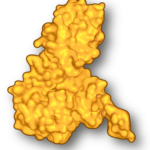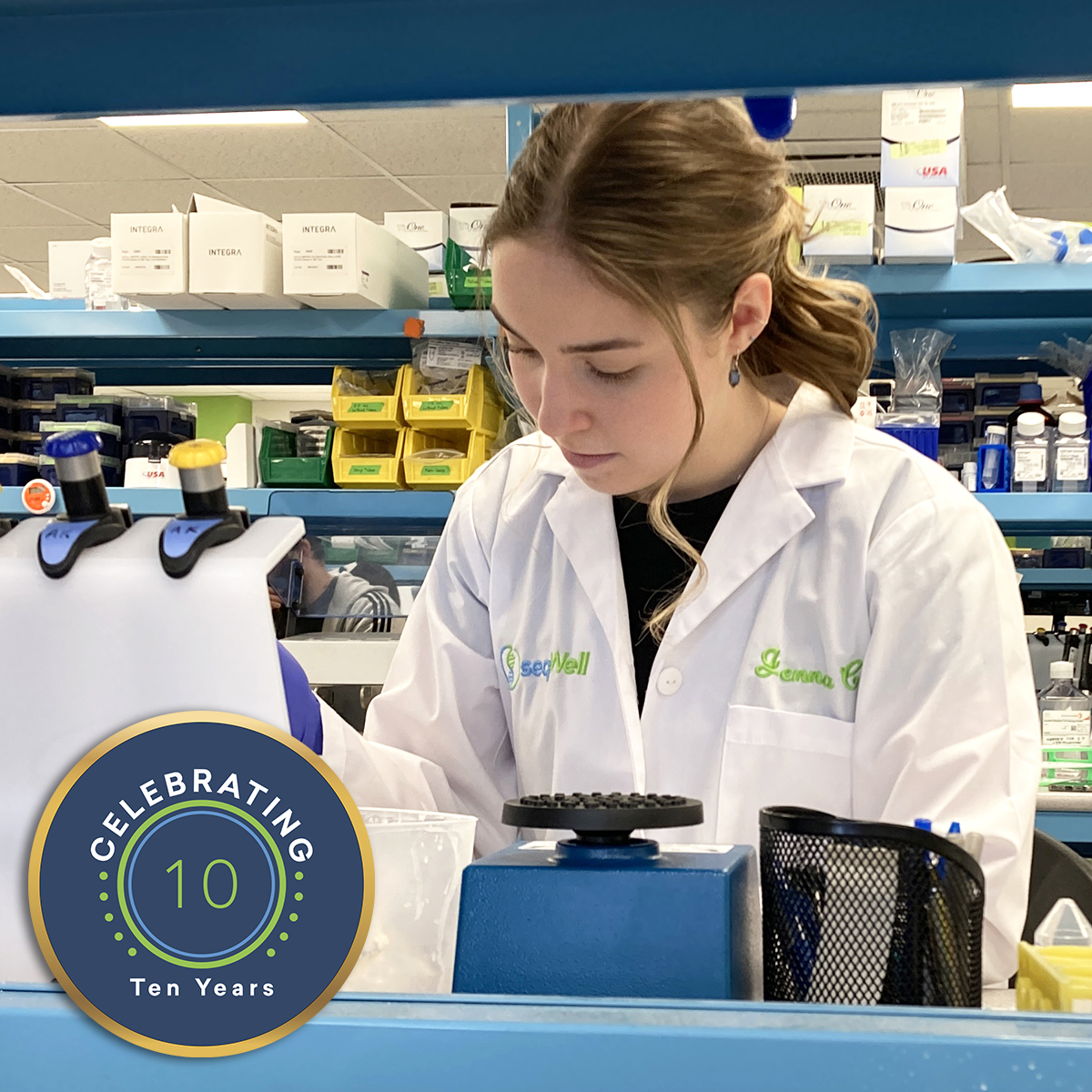
Get your data faster with our streamlined NGS library prep workflows.
BROWSE OUR PRODUCTS →
Workflow Simplicity & Performance powered by our NEW Next-Generation, TnX Transposase
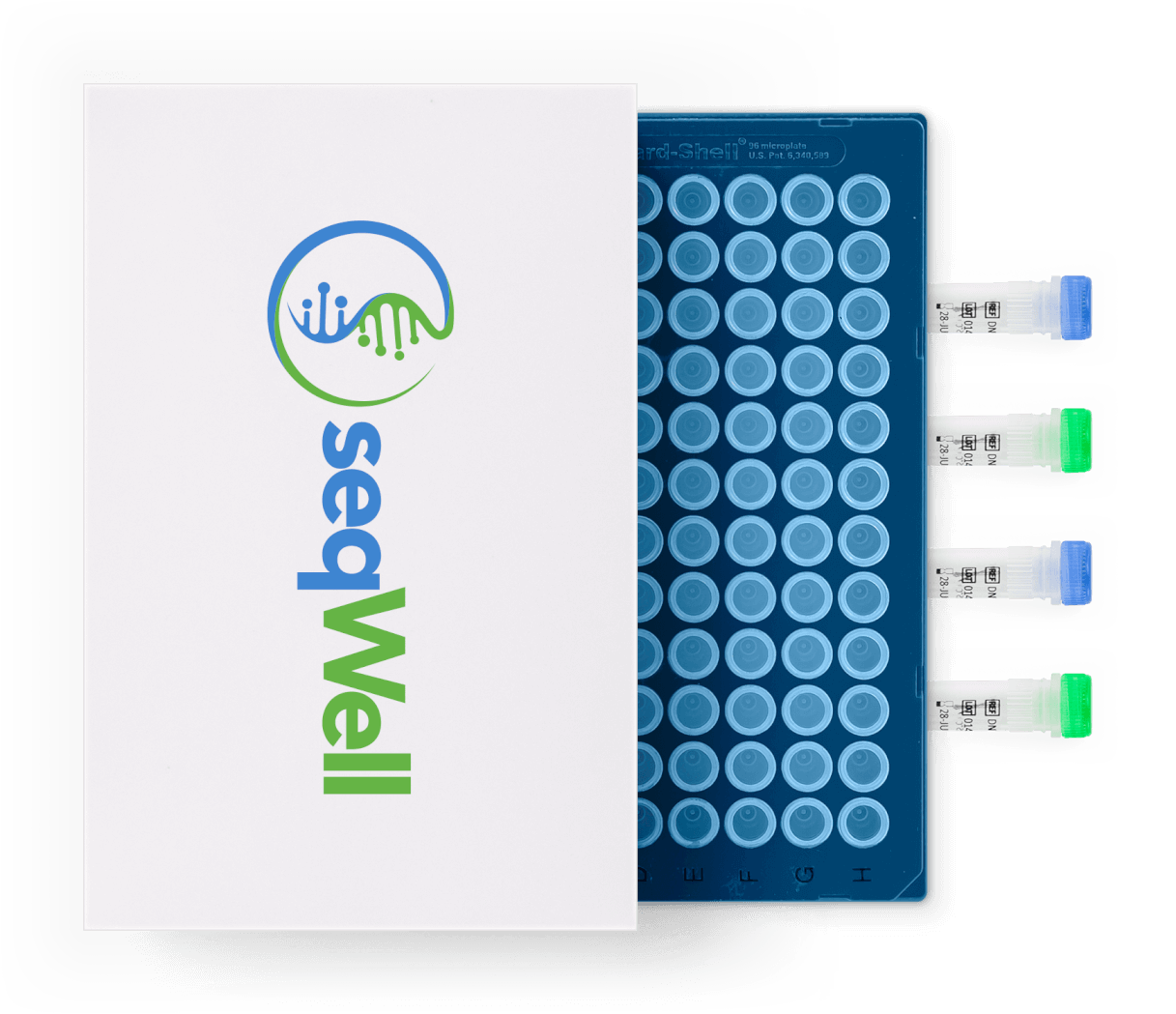
Shorten your time to data with scalable true multiplexing library prep solutions.
A true multiplexed solution for quickly preparing NGS libraries from hundreds to thousands of samples. Our simple and scalable tagmentation-based workflows provide far greater consistency across samples and fewer handling steps downstream.
Browse All Library Prep Kits Explore Our Services
-
Performance
TnX for improved uniformity of coverage with increased library yield & complexity
-
Simple Workflows
Streamlined, plate-based tagmentation workflows
-
Scalability
Multiplex 1000’s of samples with ease using our kits.
-
Normalization
Built-in sample normalization
seqWell Technology is Accelerating
NGS Research for Our Customers

Daniel Oliveria
Mini-Core Technician, University of California, Los Angeles
Key benefits of using plexWell LP 384 are the timesaving library prep and the easy clean-ups compared to other methods. Being able to create a library in two days allows us to amp up the number of samples we are processing.
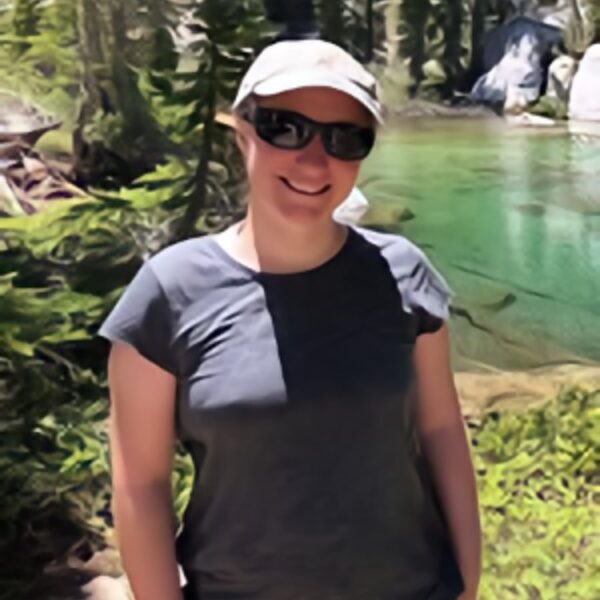
Erin Toffelmier, Ph.D.
Associate Director, California Conservation Genomics Project, University of California, Los Angeles
We have samples of many different species, such as damselflies, bobcats, and rockfish. The plexWell LP 384 kit is flexible across most species we are working with and with a low input amount which is important for threatened species.
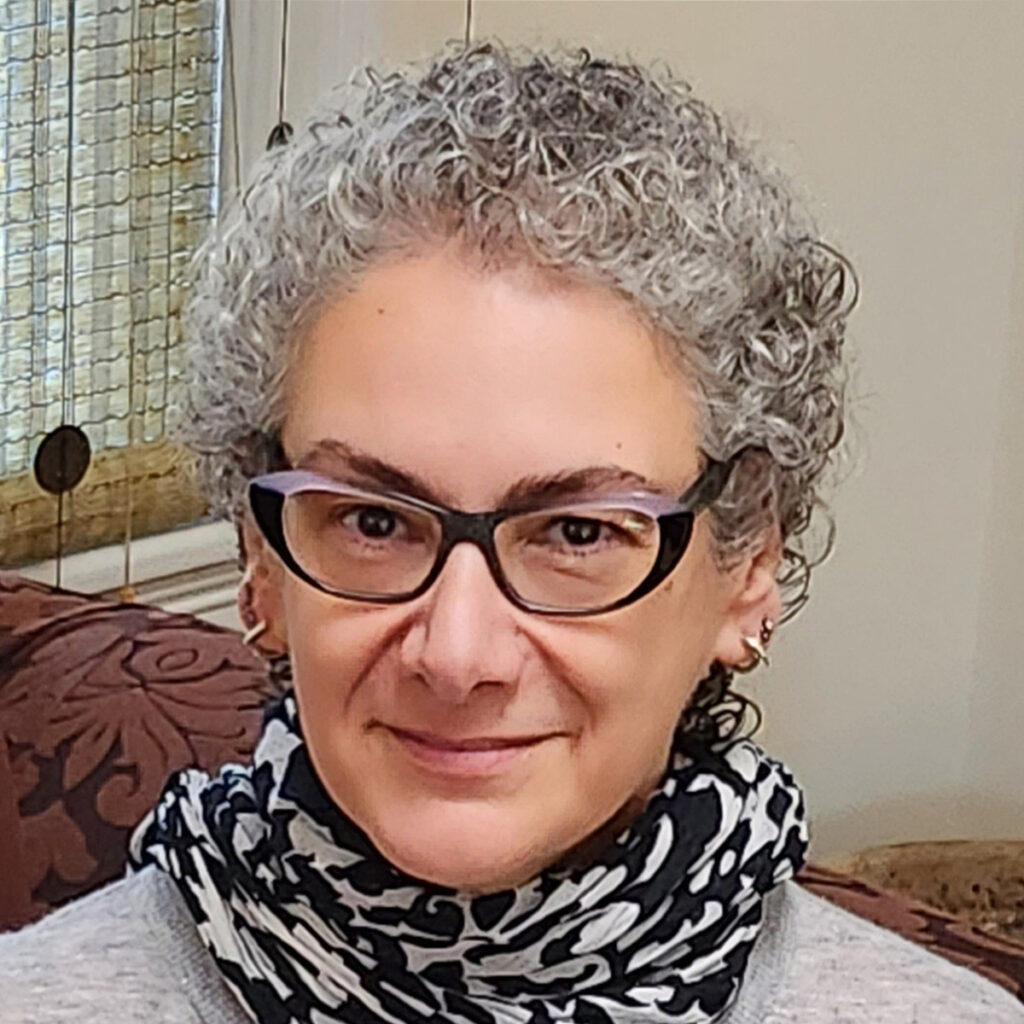
Georgia Giannoukos, Ph.D.
Director, Next Generation Sequencing, Editas Medicine
The first proof of concept experiment was with the seqWell enzyme in the storage buffer, and we did multiple dilutions to see which one worked the best. We took the best dilutions, made UDiTaS libraries, and sequenced them. The seqWell 1:2 dilution enzyme performed the best. We had the similar recounts, the median size libraries were the same, and we had greater than 85% of the reads aligning to the target. The (Tagify) batches are consistent, and they provide similar tagmentation profiles and editing results. The reactions can be scaled from 96 to 384 wells, and we’ve been able to process thousands of reactions over one year. We were able to see very good reproducibility across batches (with Tagify).
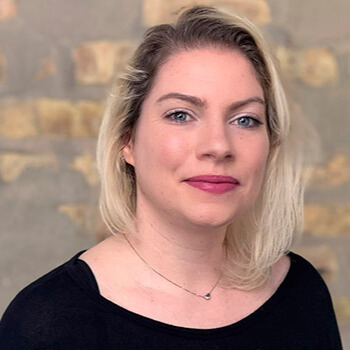
Lacy Simons
Acting Lab Manager, Hultquist Lab, & Lab Director, Center for Pathogen Genomics and Microbial Evolution at Northwestern University
ExpressPlex makes everything so much easier for us. It combined three or four steps into one, which is unique to seqWell products. That made our library prep so much faster, and the quality control was significantly better compared to other kits. Now the risk of error has significantly decreased for our technicians. My lab does a lot of COVID sequencing, but we also cover RSV, influenza, numerous bacteria and yeast, and the most recent monkeypox outbreak. We’ve used ExpressPlex for all these applications and never had a problem.
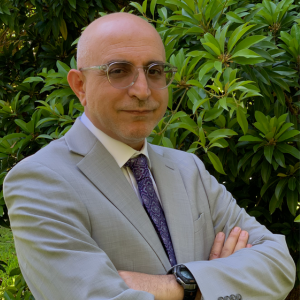
Mohammad Faghihi. M.D., Ph.D.
Sr. Vice President, Lab Operations, Galatea Bio
Unlike full-day involved protocols from other companies, the simple seqWell workflow allows more throughput, even without using expensive robots. seqWell’s workflow also increases accuracy by providing unique sample indexing at the beginning without increased chance of index hopping. The number of failed samples is much lower, saving time, money, and potential mislabelling caused by repeating experiments. We were seeing a 75% success rate previously, but observed huge improvements. We now have a 95-99% success rate with seqWell.

Corbin Dirkx
Operations Manager, University of Minnesota Genomics Center
For traditional library prep methods, we had to individually quantify every single sample, then normalize them, then pull them proportionally. That’s significant when you’re talking about five, six, seven thousand samples. purePlex’s autonormalization eliminates the need for a lot of that. It’s more streamlined because basically all we need to do is roughly standardize the input instead of the libraries at the end. seqWell is also constantly innovating. Even over the course of using purePlex, they’ve come out with new iterations, and the unique barcode set has been expanded. So, when you think about the bleeding edge of these technologies and these applications, we were on it.

Henry Chan, Ph.D.
Synthetic Biology Lead, Octant Bio
ExpressPlex is literally faster than Sanger. This changes everything for us. Basically, taking a two-day process to one day dramatically shortens time to data. Now it’s just one-step transfer and then we put it onto the library. We can actually democratize this, and people can run it. This one-day shortening of the processes gives us two turns of the crank on any given experiment rather than one. This is huge.
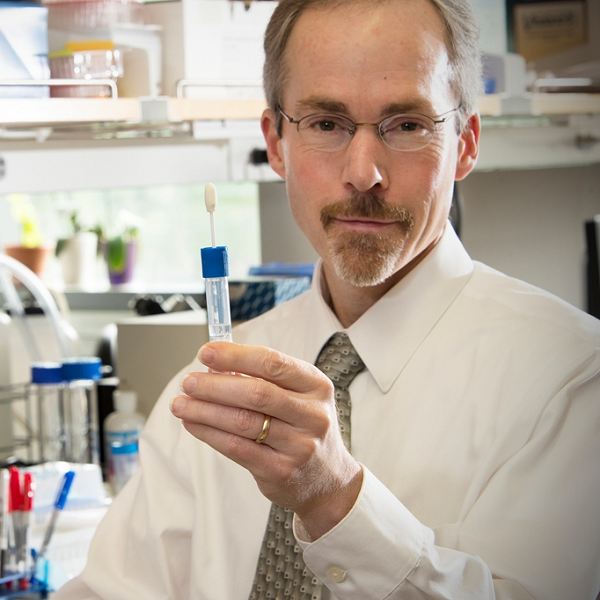
Frank Middleton, Ph.D.
Professor, Director, SUNY Molecular Analysis Core, State University of New York (SUNY) Upstate Medical University
In order to adopt such a scaled-up effort to track the emergence and divergence of SARS-CoV-2 in New York state, we had to identify the best enrichment PCR protocol, and so we did a lot of searching. We looked and found the ARTIC v3 protocol using the ExpressPlex method and that seemed highly attractive to us because of the scalability. It actually enabled us to implement low, moderate, and even higher throughput as needed. It wouldn’t have been possible to do without the one-step ExpressPlex workflow.
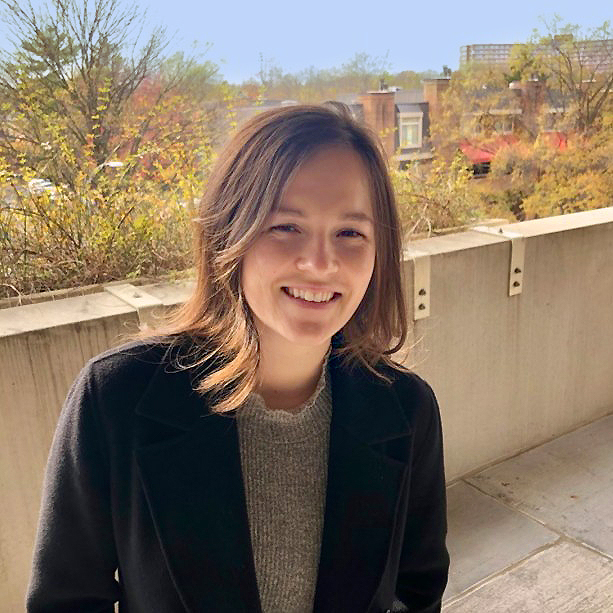
Charli Gruen
Postbaccalaureate Research Fellow, Laboratory of Cancer Biology and Genetics National Cancer Institute, NIH
The seqWell technology has improved efficiency by significantly cutting down operation time on the QC and dilution of cDNA, in addition to pooling of the samples at an earlier timepoint in the process. The plexWell Rapid Single Cell kit has made preparation of high-quality single-cell libraries feasible for regular lab, instead of a formidable task using the alternative methods. Our experience has led to the implementation of the plexWell Single Cell method at Core Facility, expanding their capabilities to support analysis at single cell resolution in our institute.

Areta Buness
Research Associate II, Strain Engineering, Novome Biotechnologies
The integrated auto-normalization in the plexWell kit allows us to treat 96 samples as 1—one Qubit measurement to get the average concentration of the input plate, one tube to process in the library prep, and one library pool to normalize and load onto the iSeq. This is a huge advantage of the plexWell kit, as it eliminates both the need for individual input DNA purification and individual sample normalization.

Daniel Oliveria
Mini-Core Technician, University of California, Los Angeles
Key benefits of using plexWell LP 384 are the timesaving library prep and the easy clean-ups compared to other methods. Being able to create a library in two days allows us to amp up the number of samples we are processing.

Erin Toffelmier, Ph.D.
Associate Director, California Conservation Genomics Project, University of California, Los Angeles
We have samples of many different species, such as damselflies, bobcats, and rockfish. The plexWell LP 384 kit is flexible across most species we are working with and with a low input amount which is important for threatened species.

Georgia Giannoukos, Ph.D.
Director, Next Generation Sequencing, Editas Medicine
The first proof of concept experiment was with the seqWell enzyme in the storage buffer, and we did multiple dilutions to see which one worked the best. We took the best dilutions, made UDiTaS libraries, and sequenced them. The seqWell 1:2 dilution enzyme performed the best. We had the similar recounts, the median size libraries were the same, and we had greater than 85% of the reads aligning to the target. The (Tagify) batches are consistent, and they provide similar tagmentation profiles and editing results. The reactions can be scaled from 96 to 384 wells, and we’ve been able to process thousands of reactions over one year. We were able to see very good reproducibility across batches (with Tagify).

Lacy Simons
Acting Lab Manager, Hultquist Lab, & Lab Director, Center for Pathogen Genomics and Microbial Evolution at Northwestern University
ExpressPlex makes everything so much easier for us. It combined three or four steps into one, which is unique to seqWell products. That made our library prep so much faster, and the quality control was significantly better compared to other kits. Now the risk of error has significantly decreased for our technicians. My lab does a lot of COVID sequencing, but we also cover RSV, influenza, numerous bacteria and yeast, and the most recent monkeypox outbreak. We’ve used ExpressPlex for all these applications and never had a problem.

Mohammad Faghihi. M.D., Ph.D.
Sr. Vice President, Lab Operations, Galatea Bio
Unlike full-day involved protocols from other companies, the simple seqWell workflow allows more throughput, even without using expensive robots. seqWell’s workflow also increases accuracy by providing unique sample indexing at the beginning without increased chance of index hopping. The number of failed samples is much lower, saving time, money, and potential mislabelling caused by repeating experiments. We were seeing a 75% success rate previously, but observed huge improvements. We now have a 95-99% success rate with seqWell.

Corbin Dirkx
Operations Manager, University of Minnesota Genomics Center
For traditional library prep methods, we had to individually quantify every single sample, then normalize them, then pull them proportionally. That’s significant when you’re talking about five, six, seven thousand samples. purePlex’s autonormalization eliminates the need for a lot of that. It’s more streamlined because basically all we need to do is roughly standardize the input instead of the libraries at the end. seqWell is also constantly innovating. Even over the course of using purePlex, they’ve come out with new iterations, and the unique barcode set has been expanded. So, when you think about the bleeding edge of these technologies and these applications, we were on it.

Henry Chan, Ph.D.
Synthetic Biology Lead, Octant Bio
ExpressPlex is literally faster than Sanger. This changes everything for us. Basically, taking a two-day process to one day dramatically shortens time to data. Now it’s just one-step transfer and then we put it onto the library. We can actually democratize this, and people can run it. This one-day shortening of the processes gives us two turns of the crank on any given experiment rather than one. This is huge.

Frank Middleton, Ph.D.
Professor, Director, SUNY Molecular Analysis Core, State University of New York (SUNY) Upstate Medical University
In order to adopt such a scaled-up effort to track the emergence and divergence of SARS-CoV-2 in New York state, we had to identify the best enrichment PCR protocol, and so we did a lot of searching. We looked and found the ARTIC v3 protocol using the ExpressPlex method and that seemed highly attractive to us because of the scalability. It actually enabled us to implement low, moderate, and even higher throughput as needed. It wouldn’t have been possible to do without the one-step ExpressPlex workflow.

Charli Gruen
Postbaccalaureate Research Fellow, Laboratory of Cancer Biology and Genetics National Cancer Institute, NIH
The seqWell technology has improved efficiency by significantly cutting down operation time on the QC and dilution of cDNA, in addition to pooling of the samples at an earlier timepoint in the process. The plexWell Rapid Single Cell kit has made preparation of high-quality single-cell libraries feasible for regular lab, instead of a formidable task using the alternative methods. Our experience has led to the implementation of the plexWell Single Cell method at Core Facility, expanding their capabilities to support analysis at single cell resolution in our institute.

Areta Buness
Research Associate II, Strain Engineering, Novome Biotechnologies
The integrated auto-normalization in the plexWell kit allows us to treat 96 samples as 1—one Qubit measurement to get the average concentration of the input plate, one tube to process in the library prep, and one library pool to normalize and load onto the iSeq. This is a huge advantage of the plexWell kit, as it eliminates both the need for individual input DNA purification and individual sample normalization.

Daniel Oliveria
Mini-Core Technician, University of California, Los Angeles
Key benefits of using plexWell LP 384 are the timesaving library prep and the easy clean-ups compared to other methods. Being able to create a library in two days allows us to amp up the number of samples we are processing.

Erin Toffelmier, Ph.D.
Associate Director, California Conservation Genomics Project, University of California, Los Angeles
We have samples of many different species, such as damselflies, bobcats, and rockfish. The plexWell LP 384 kit is flexible across most species we are working with and with a low input amount which is important for threatened species.
Talk to our sales team about your research project.
We offer cutting-edge library prep technology suitable for a variety of applications. Contact sales to discover which product is right for your research.

